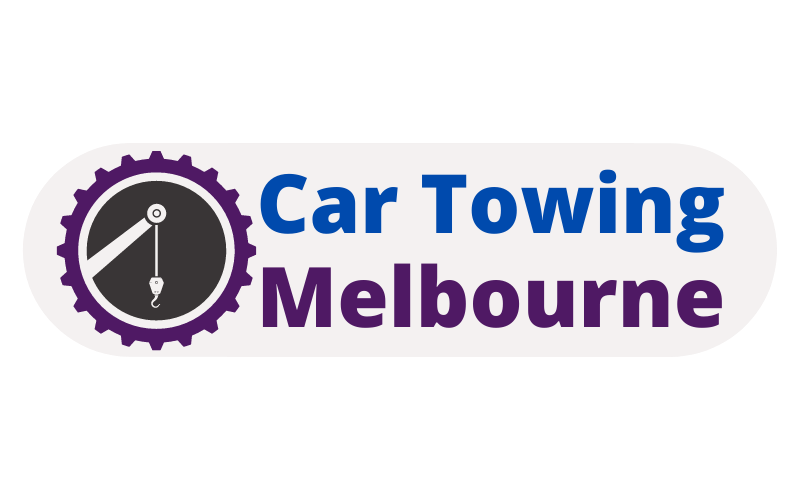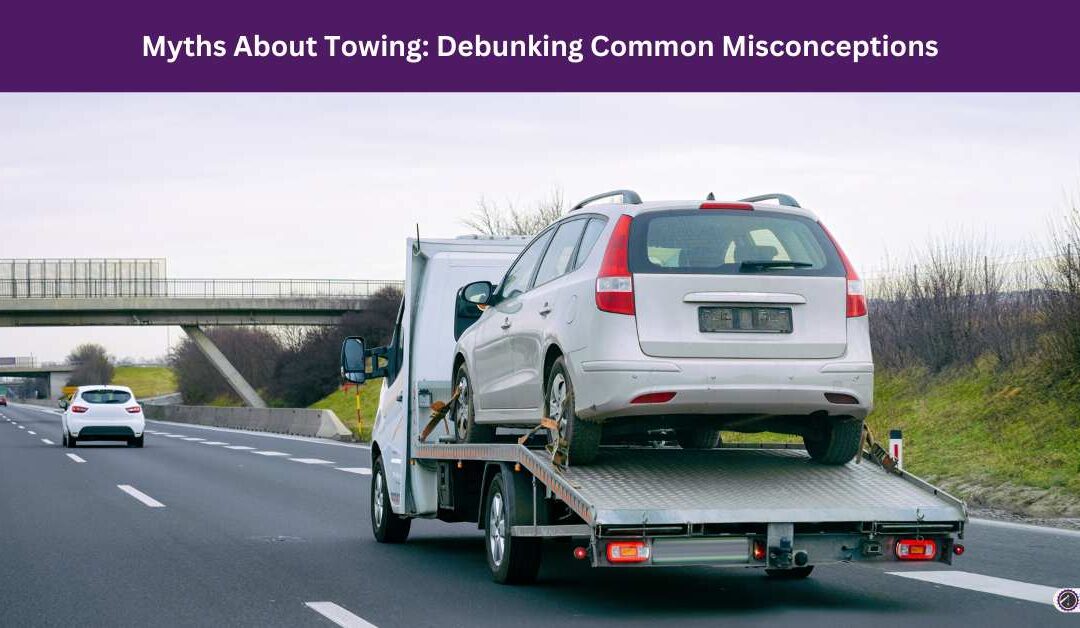Towing is often misunderstood, leading to myths that can make it hard to separate fact from fiction. Whether you’re a driver in need of a tow or a towing professional, knowing the truth about towing is essential. Here are some of the most common towing myths debunked.
1. Myth: “Any Vehicle Can Tow Any Load”
Fact: Each vehicle has a specific towing capacity based on its engine, transmission, brakes, and frame. Exceeding this limit can cause significant damage to the towing vehicle’s components and create safety hazards. It’s essential to check your vehicle’s towing capacity in the owner’s manual to ensure it can handle the load. Vehicles built for towing (like trucks and SUVs) have higher capacities than compact cars and sedans, which are often unsuitable for heavy loads.
2. Myth: “Tow Trucks Are Only for Broken-Down Cars”
Fact: Tow trucks offer services beyond towing disabled vehicles. They’re often used for accident recovery, transporting vehicles after a collision, relocating improperly parked cars, and assisting drivers with flat tires, lockouts, and fuel delivery. Additionally, specialized tow trucks can transport heavy equipment, motorcycles, or luxury vehicles.
3. Myth: “It’s Cheaper to Tow a Vehicle Yourself”
Fact: While DIY towing may seem cost-effective, it often leads to hidden expenses and potential damage. Proper towing requires the right equipment, knowledge, and driving skills, which professional towing services provide. Attempting to tow without the right tools or experience can lead to transmission, suspension, or brake damage, making professional towing more cost-effective and safer in the long run.
4. Myth: “All Towing Companies Charge the Same”
Fact: Towing fees vary based on factors like distance, time of day, type of tow, and specific services needed. Rates can also differ between companies, so it’s helpful to compare towing providers, especially for planned tows. However, in emergencies, certified and reputable towing companies might be more trustworthy than focusing solely on cost.
5. Myth: “Flatbed Towing Is the Only Safe Towing Method”
Fact: While flatbed towing is one of the safest methods, it’s not the only option. Wheel-lift towing and dolly towing can also be safe when used correctly and for the right vehicles. Wheel-lift towing is effective for short distances and light vehicles, while flatbeds are better for luxury, all-wheel-drive, or damaged vehicles. The key is choosing a towing method suited to the vehicle’s needs and following manufacturer recommendations.
6. Myth: “It’s Always Fine to Tow a Car in Neutral”
Fact: Putting a car in neutral doesn’t eliminate all risk when towing. For example, towing an all-wheel-drive or four-wheel-drive vehicle with only two wheels on the ground can damage the transmission, even in neutral. Towing procedures vary based on the vehicle type, and some cars require a flatbed for safe transportation. Always consult your owner’s manual or call a professional towing service to ensure proper handling.
7. Myth: “Towing Damages Your Vehicle’s Tires and Suspension”
Fact: Professional towing methods are designed to protect your vehicle. When towed correctly, using the right equipment and techniques, there’s minimal risk of damaging tires or suspension. Flatbed towing keeps all wheels off the ground, while wheel-lift towing places minimal stress on the suspension when done properly. Damage often occurs when towing is done without professional help or with improper equipment.
8. Myth: “Tow Trucks Take Forever to Arrive”
Fact: Response times vary, but many towing companies strive to arrive quickly, especially during emergencies. In metropolitan areas, it’s common for tow trucks to arrive within 30 minutes to an hour. Advanced GPS technology and dispatch systems help many towing services reach their customers faster. While delays may occur due to traffic or high demand, professional towing companies prioritize timely assistance.
9. Myth: “Towing Only Happens on Highways”
Fact: Towing services aren’t limited to highways. Tow trucks assist on city streets, residential areas, parking lots, and rural roads. In fact, tow trucks frequently handle situations in parking garages, on private property, and during roadside assistance in neighborhoods. Their versatility means they can provide help wherever needed, not just on highways.
10. Myth: “You Don’t Need to Prepare Your Vehicle for Towing”
Fact: Preparing your vehicle for towing can prevent additional damage and make the process smoother. Locking loose items, checking for leaks, and ensuring all personal belongings are removed are important steps. Additionally, having a spare key ready for the tow truck operator can speed up the towing process, especially if the vehicle is being transported for repairs.
11. Myth: “Tow Trucks Are Only for Emergencies”
Fact: While towing services are essential in emergencies, they also offer non-emergency services. You can use a tow truck to relocate a classic or luxury car, transport a vehicle over a long distance, or move vehicles with temporary restrictions, such as those with expired registrations. Many towing companies offer scheduled towing, helping owners avoid the stress of driving long distances themselves.
12. Myth: “It’s Safe to Tow with a Rope or Chain”
Fact: Using a simple rope or chain is unsafe and often illegal. These materials lack the strength, elasticity, and security of professional-grade towing equipment, which can lead to snapping, losing control of the towed vehicle, or severe damage. Proper towing requires certified equipment designed for specific loads, including tow straps, hitches, or dollies that securely connect the vehicle to the towing vehicle.
13. Myth: “You Can’t Tow a Vehicle with a Flat Tire”
Fact: Flat tires are common reasons for calling a tow truck, and towing companies have equipment to handle these situations. Flatbed tow trucks can transport a vehicle with flat tires without any risk of damage. For short distances, some companies can also help replace the flat tire or use a dolly for temporary support.
14. Myth: “Towing Insurance Isn’t Necessary”
Fact: Towing insurance can be highly beneficial, especially if you regularly drive long distances. While towing insurance isn’t mandatory, it can save you from high out-of-pocket costs for roadside assistance or unexpected tows. Many auto insurance providers offer towing and roadside assistance coverage as an add-on, giving you peace of mind in case of an emergency.
15. Myth: “It’s Safer to Push a Car Than to Tow It”
Fact: Pushing a vehicle, especially with another vehicle, is dangerous and often causes more harm than good. Pushing increases the risk of rear-end collisions, damage to the bumpers, and injury to those involved. Professional towing is designed for safety and control, ensuring that vehicles are moved without causing damage or risking driver and pedestrian safety.
Final Thoughts
Knowing the truth behind common towing myths can help you make informed decisions when it comes to vehicle towing, ensuring your car’s safety and minimizing unnecessary expenses. Whether you need emergency assistance or planned towing, understanding these facts allows you to choose the right towing method, equipment, and services for your needs.
Now Car Towing Melbourne is available in Cranbourne Victoria 3977, Australia.
Car Towing Melbourne
(03) 7037 7625

